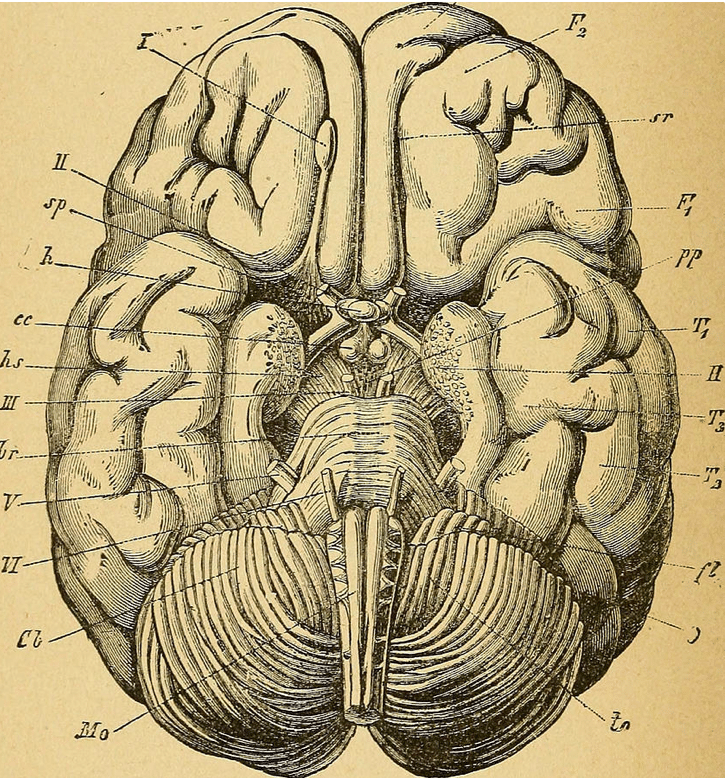
Try to think like the customer of this brand, not like your client. The greater the details, the better you can research what speaks to this group of consumers or businesses. You’ll want specifics: an age range, income level, gender, location, career, and more. Hopefully, asking the first two questions above will help you direct the client somewhat. Some companies may not have a clear determination of their audience. This is where your brand expertise may need to come into play.
Evoke emotion how to#
Knowing the target market of your client will help you even more in understanding how to evoke the right emotions. (Keep in mind that you don’t have to agree or even like the projected benefits to create a winning design.) 3.) Focus On The Audience The chocolate bar’s benefits could then be said to help create a slimmer figure, a greater sex appeal, more confidence, and ultimately a desirable partner. For instance, a lower calorie dark chocolate bar comes with the features of fewer calories but a rich taste to satisfy sweet cravings. A benefit is the underlying emotional need that the product fulfills. A feature is the size, weight, ingredients, shelf life, or any other technical specification. Remind your client that benefits are different from features. If you are designing a visual for a specific product, then ask for the specific product benefits. For instance, Lexus is known under “The Relentless Pursuit of Perfection.” Similarly, Nike’s brand attribute is “authentic athletic performance”. Basically, ask what the brand is at its very center, its heart. If you are creating a logo for the entire brand, then be sure to gain an understanding of how they would describe their brand attributes. 2.) Focus On Brand Attributes And Product Benefits If you can establish a single primary emotion, that eliminates a lot of non-ideal design work, and the targeted sentiment becomes your design objective. Not all designers focus their efforts by asking the client this specific question: What do you want customers to feel when they notice or recognize your brand? Common answers could include: happy, trusting, strong, joyous, sexy, and a variety of other positive sentiments. Okay, so focusing on an emotion is fairly obvious, but many designers try to accomplish too much within a single design, dilute their efforts, and spread themselves to thin. In this article from Sitepoint, they share few examples of how to evoke positive emotional reactions with logo designs: 1.) Focus On A Single Emotion Just make sure it’s saying what you want it to. A picture says a thousand words, so your logo should say a million. Your logo is everywhere – company letterhead, business card, e-mail signature, and even your Twitter and Facebook. For example, an insurance company would want their logo to advocate a sense of security, whereas a hiking company might want to evoke a sense of adventure.

Don’t be surprised by a few odd questions, like “If your brand were a cartoon character, who would it be?” While they might make you laugh, they help designers figure out who your company is, and how it should make your target audience consumer feel. The key to creating a logo that resonates with your brand and target audience is to work with someone that is willing to spend the time to gain an in-depth knowledge of your company. If the goal of your business is to stand out, your logo needs to break through and evoke emotion!


We are constantly surrounded by extreme emotions – from tear-jerking movies in the theater to stories on the news, it seems as if we have become numb to the effect our experiences have on our emotions.


 0 kommentar(er)
0 kommentar(er)
